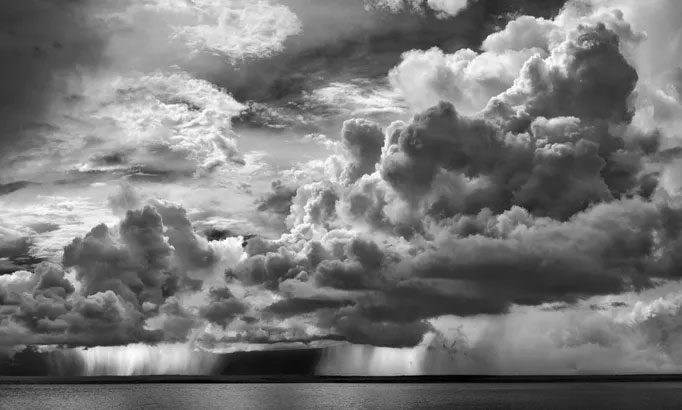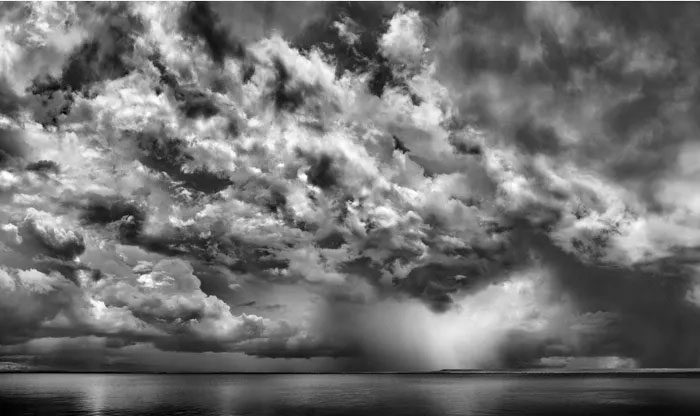Nearly every afternoon from September of this year to March of the next, a thunderstorm appears, causing heavy rain over the Tiwi Islands, located in northern Australia. This phenomenon occurs regularly and on schedule.
According to CNN and The Guardian, the thundercloud always appears at 3 PM. It is known as Hector or Hector the Convector.

The shape of Hector clouds varies. (Image: The Guardian).
During World War II, some pilots and sailors used the position of the thundercloud as a type of navigational beacon, as it could be seen from a great distance and was easily recognizable due to its unusual shape. It can reach heights of up to 20 kilometers and is visible from Darwin, a city located 100 kilometers away from the Tiwi Islands.
The cone-shaped Tiwi Islands play a crucial role in the daily formation of thunderstorms.
Hector is primarily formed due to the collision of several marine wind boundaries over the Tiwi Islands. Ian Shepherd, a senior meteorologist at the Bureau of Meteorology Australia, states: “The southeast trade winds extending from the subtropical edge to the south often inhibit thunderstorm activity across most of the Northern Territory at the end of the dry season (September) and into the early wet season (October and November), making Hector stand out with its distinct presence on the Darwin horizon.”
“The size, shape, and location of the Tiwi Islands make it a perfect spot for Hector to form“, says Ben Domensino, a meteorologist from Weatherzone. “The sea winds form around the islands from all directions and converge in the middle… The tropical atmosphere is always conducive for thunderstorms to develop during the wet season.”


Hector clouds do not always appear in the same shape. (Image: The Guardian).
Hector occurs commonly from September to December and during the wet season from January to March. Occasionally, it may occur in April if temperatures remain warm enough.
Hector does not always take on the same shape. It releases varying amounts of rain, depending on the humidity of the air. Sometimes it forms two clouds. This is why Hector has garnered so many fans.
Hector is the most studied weather system in the world.




















































